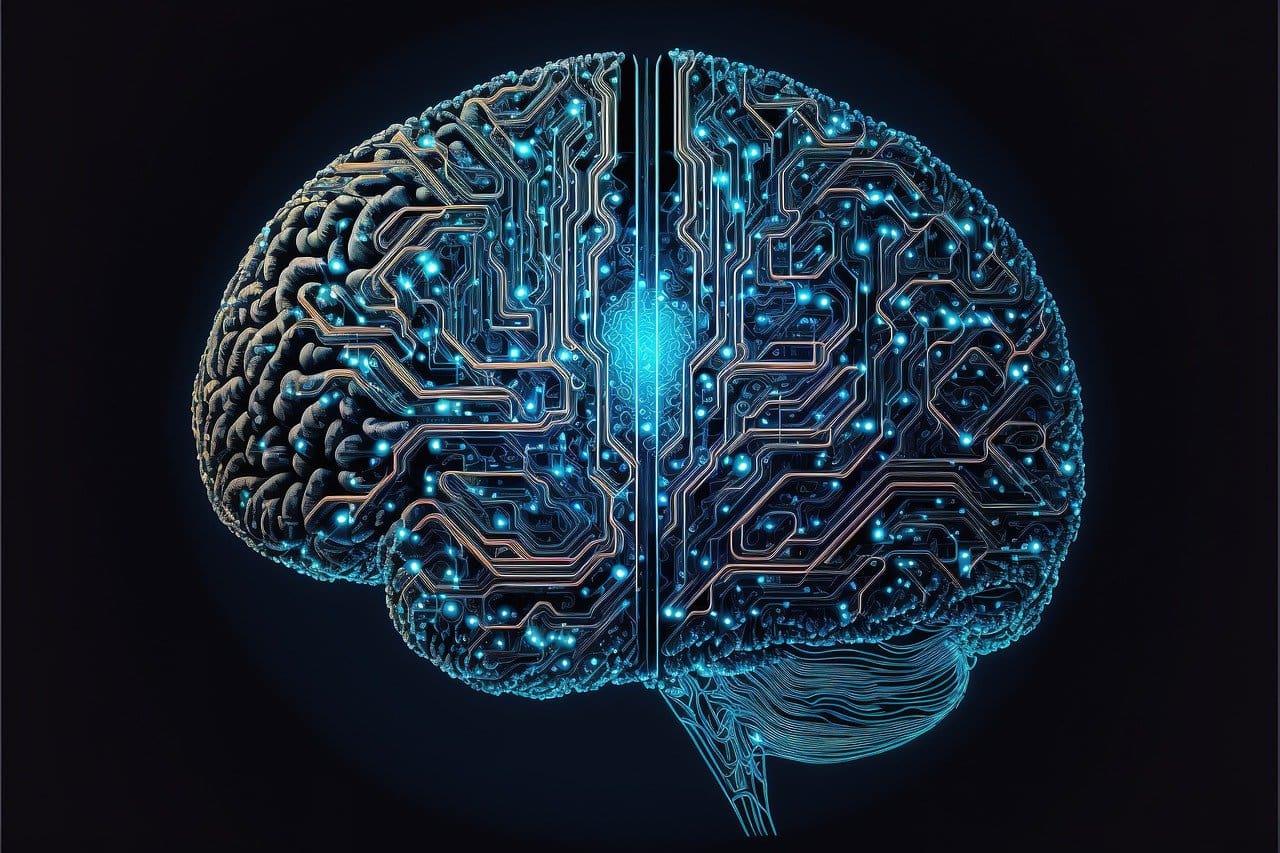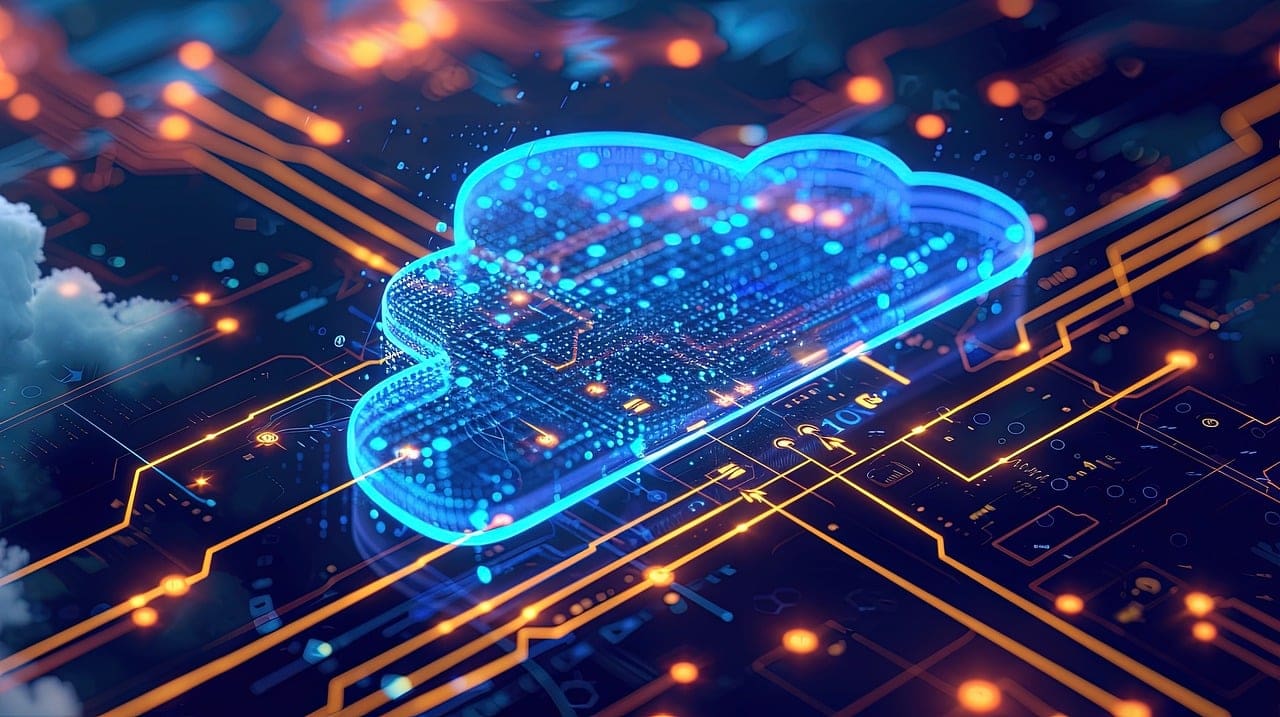Mining engineering focuses on the extraction of natural resources from the Earth, involving the exploration, evaluation, development, production, and processing of mineral properties. This field requires robust and reliable equipment designed to withstand harsh environments and complex operational challenges. 3D printing, also known as additive manufacturing, has emerged as a transformative technology in mining engineering, offering significant improvements in equipment design, production, and maintenance. This technology facilitates the rapid prototyping and manufacturing of custom parts, potentially reducing downtime and improving the efficiency and safety of mining operations.
The Emergence of 3D Printing in Mining Engineering
Initially utilized for prototyping within various industries, 3D printing has rapidly gained traction in mining engineering due to its ability to produce durable components on demand. As the technology has evolved, it has been increasingly used for the direct manufacturing of parts that are used in harsh mining environments, helping to solve unique challenges associated with equipment availability, supply chain logistics, and operational efficiency.

Advantages of 3D Printing in Mining Engineering
Rapid Prototyping and Production: 3D printing allows for quick production of equipment parts, reducing the lead time typically required for receiving replacements from suppliers. This is particularly valuable in mining, where equipment downtime can lead to significant operational losses.
Customization and Adaptability: Additive manufacturing enables the creation of parts customized for specific mining conditions without the need for costly retooling. This capability is crucial for adapting machinery to varying geological conditions and mining methods.
Cost Reduction: By minimizing waste and reducing the need for large inventories of spare parts, 3D printing can significantly cut costs associated with warehousing and logistics. It also decreases the dependency on external suppliers and associated shipping expenses.
Improved Safety and Innovation: 3D printing fosters innovation by enabling the design and testing of new tools and equipment configurations that can improve safety and efficiency in mining operations. Enhanced protective gear, custom tools, and machine parts can be designed to meet specific safety standards and operational needs.
Key Applications of 3D Printing in Mining Engineering
Equipment Maintenance and Repair: Mining operations can benefit from having 3D printers on-site to produce replacement parts and repair broken equipment rapidly. This reduces downtime and increases operational efficiency.
Prototyping New Mining Tools: Engineers can use 3D printing to develop and test new mining tools and equipment in real-time, adjusting designs based on immediate feedback from operational use.
Custom Tooling and Machinery: Customized jigs, fixtures, and machine components that are specifically designed for unique mining tasks can be produced quickly and cost-effectively, allowing for more precise and efficient resource extraction.
Protective Gear: Safety is paramount in mining, and 3D printing allows for the production of personalized protective equipment such as helmets, goggles, and respiratory gear that meet the highest safety standards and fit better, offering enhanced protection.

Challenges in 3D Printing for Mining Engineering
Material Durability: The materials used in 3D printing must withstand the extreme conditions of mining environments, including abrasion, vibration, and exposure to corrosive or abrasive materials. Developing materials that can meet these rigorous demands is a significant challenge.
Scale of Production: While 3D printing is excellent for producing small quantities of parts, scaling up to large volumes can be inefficient and costly compared to traditional manufacturing methods.
Technical Expertise: Effective implementation of 3D printing in mining requires specialized knowledge not only in additive manufacturing techniques but also in materials science and mining engineering. Training and development are necessary to ensure that personnel can leverage this technology effectively.
Regulatory Compliance: Mining equipment must comply with strict regulatory standards to ensure safety and environmental protection. Certifying 3D printed parts can be complex and time-consuming, particularly when introducing new materials or technologies.
Future Directions in 3D Printing for Mining Engineering
The future of 3D printing in mining engineering is promising, with ongoing advancements in printer technologies, materials, and digital modeling tools expected to enhance its applications. Innovations are likely to focus on developing more durable materials, improving the speed and efficiency of 3D printers, and integrating additive manufacturing more seamlessly into mining operations.
3D printing is poised to revolutionize mining engineering by providing more efficient, flexible, and cost-effective solutions for equipment design, maintenance, and operation. As the technology continues to evolve, it promises to further enhance the capabilities and safety of mining operations, reducing downtime and improving productivity. With continued innovation and integration, 3D printing will increasingly become a fundamental component of modern mining engineering, reshaping how natural resources are extracted and processed.








